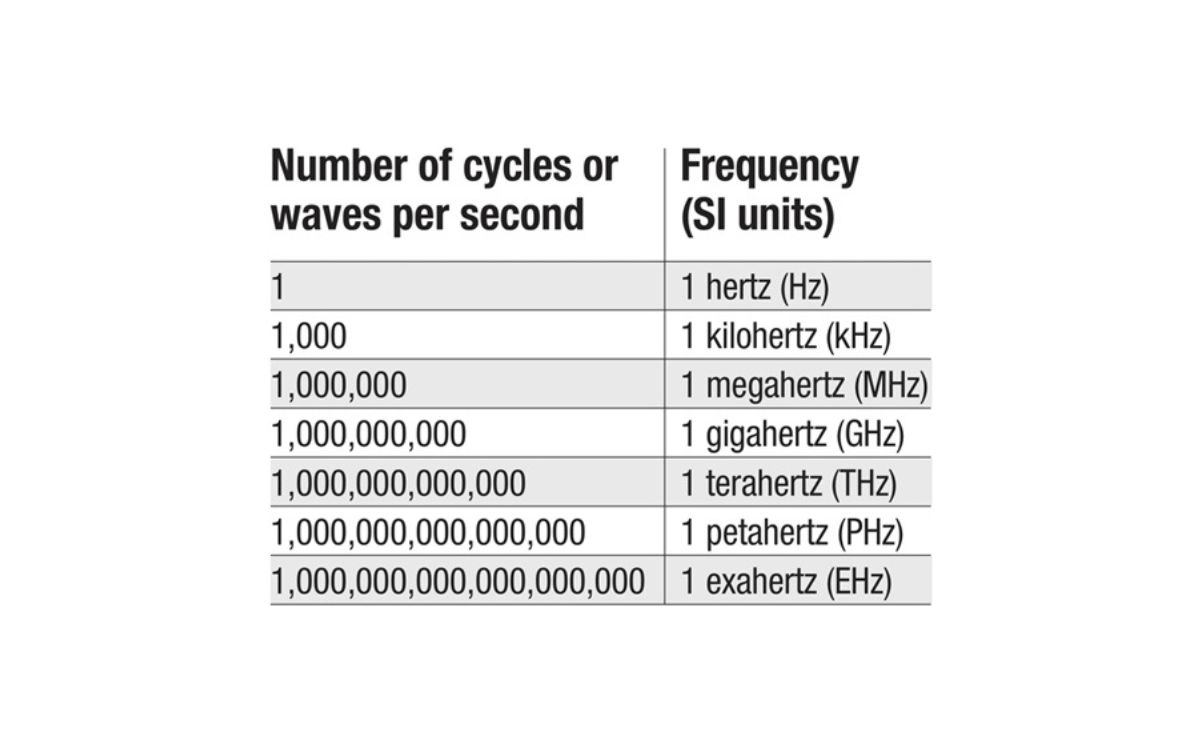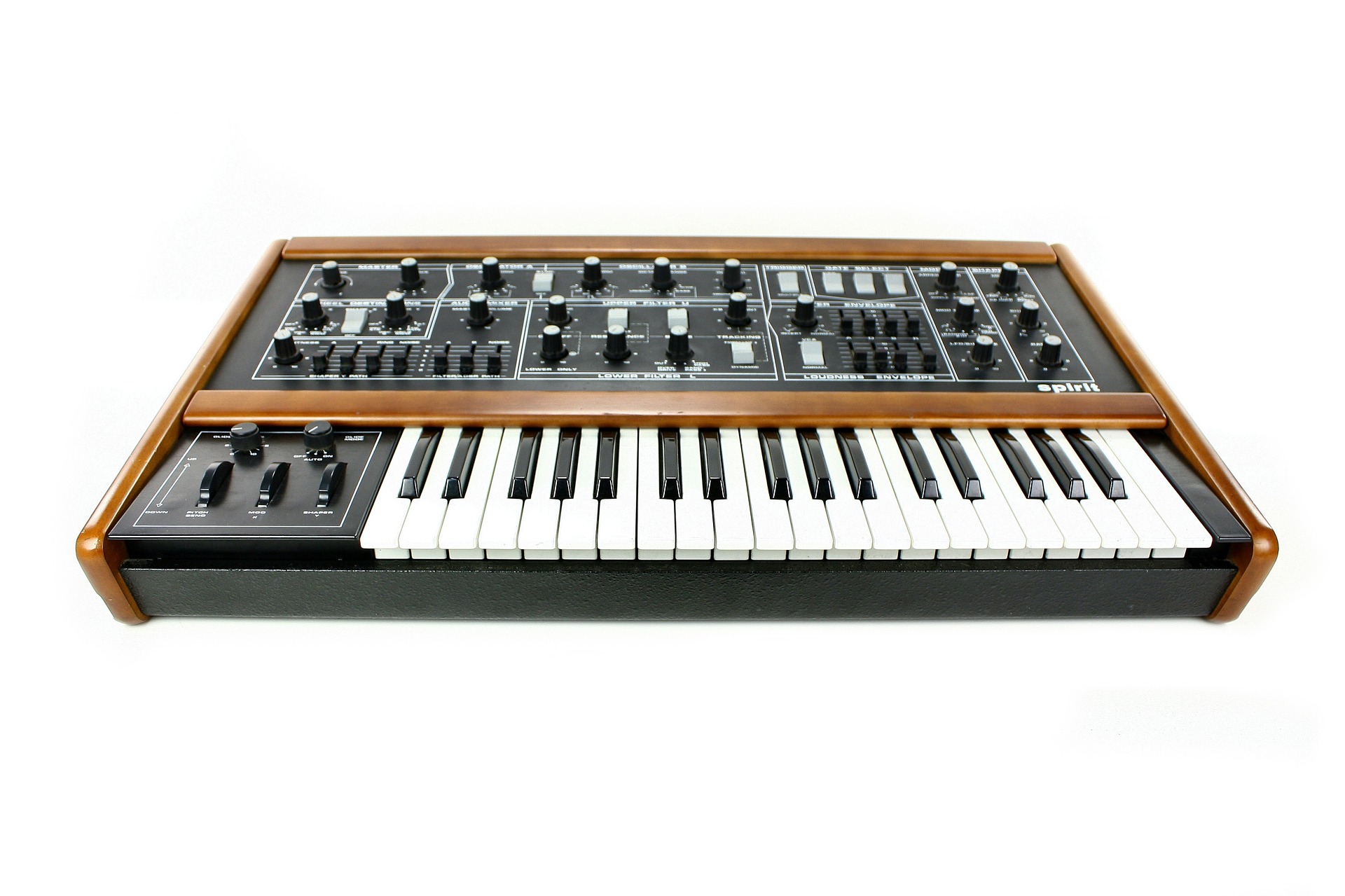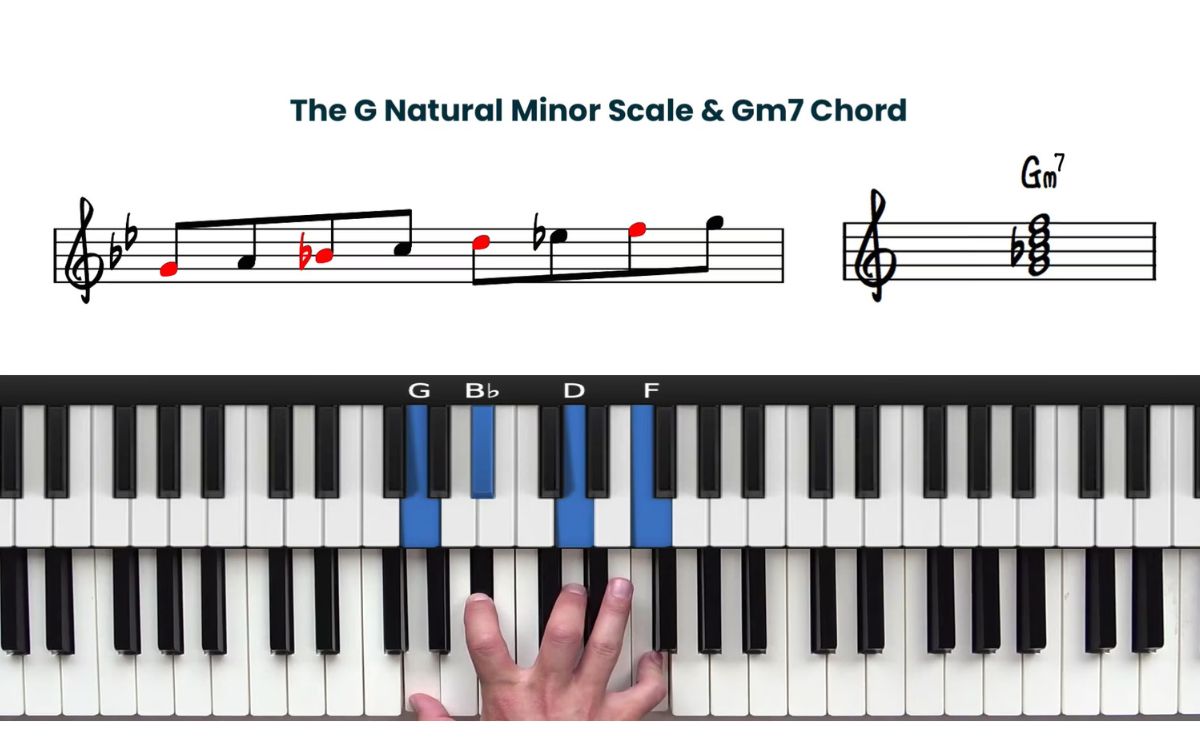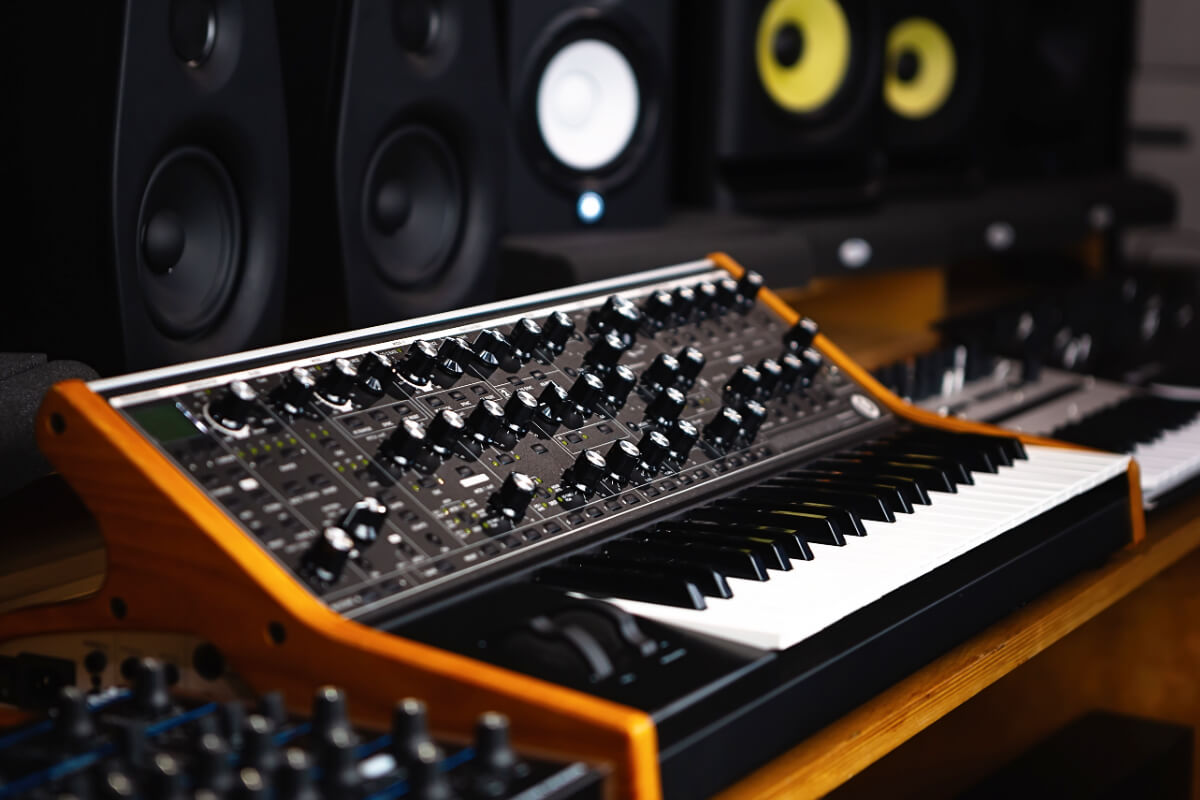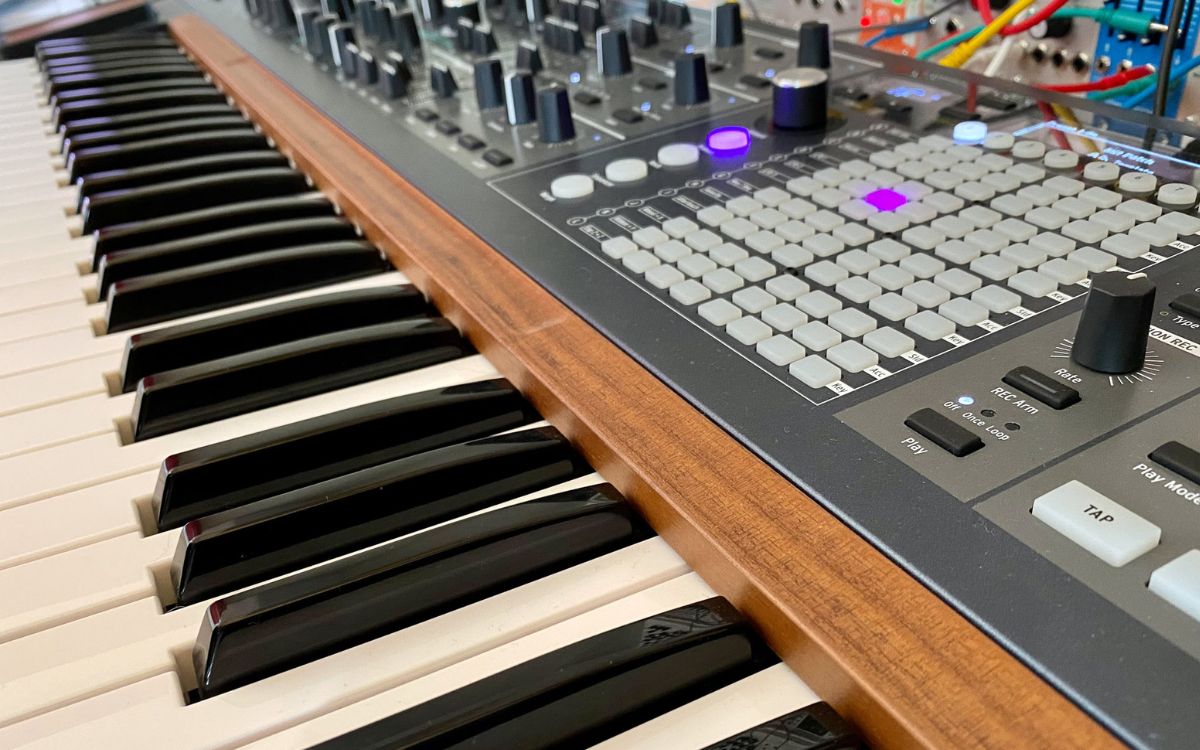Home>Instruments>Synthesizer>What Is A Moog Synthesizer
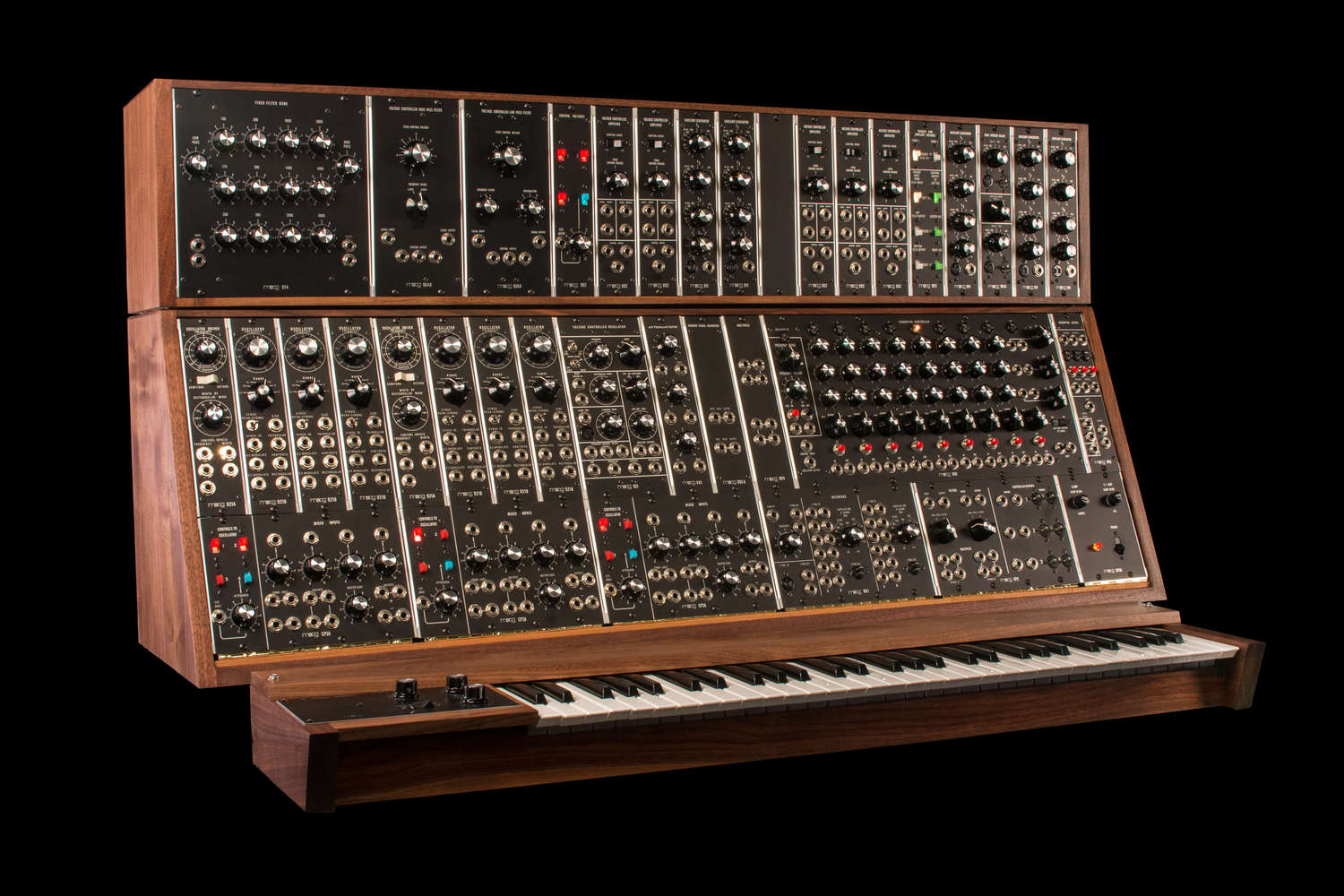

Synthesizer
What Is A Moog Synthesizer
Modified: January 22, 2024
Learn all about the Moog synthesizer, a popular and versatile synthesizer that has revolutionized electronic music. Explore its history, features, and how it works.
(Many of the links in this article redirect to a specific reviewed product. Your purchase of these products through affiliate links helps to generate commission for AudioLover.com, at no extra cost. Learn more)
Table of Contents
Introduction
The Moog synthesizer, named after its inventor Dr. Robert Moog, is a legendary electronic musical instrument that revolutionized the music industry. It was one of the first commercially available synthesizers, introducing a new era of sound creation and shaping the development of electronic music.
The Moog synthesizer gained popularity in the late 1960s and early 1970s, and its distinctive analog sound has been cherished by musicians and producers ever since. It has left an indelible mark on popular music genres such as rock, pop, funk, and even classical.
With its innovative design and handcrafted quality, the Moog synthesizer became a symbol of artistic expression and technological prowess. It allowed musicians to explore new sonic possibilities, unleashing their creativity and pushing the boundaries of music composition.
Throughout the years, the Moog synthesizer has undergone various advancements and iterations, continually improving its capabilities and expanding its sonic palette. Today, it remains a prominent fixture in both professional studios and home setups, cherished by musicians, producers, and synthesizer enthusiasts.
In this article, we will delve into the origins, components, features, popular models, impact, and modern uses of the Moog synthesizer. Whether you’re already a fan of this iconic instrument or new to the world of synthesizers, this article aims to provide a comprehensive overview of the Moog synthesizer’s significance and enduring influence in the world of music.
Origins of the Moog Synthesizer
The story of the Moog synthesizer begins in the early 1960s when Dr. Robert Moog, an American physicist and electrical engineer, started exploring the possibilities of creating electronic musical instruments. Inspired by the works of composers like Wendy Carlos and Raymond Scott, Moog began experimenting with voltage-controlled oscillators and filters to generate and shape electronic sounds.
In 1964, Moog introduced the Moog Modular Synthesizer, a groundbreaking instrument that consisted of various modules, each responsible for generating or modifying a specific aspect of sound. The modular design allowed musicians and sound designers to create custom setups tailored to their specific needs, making the Moog synthesizer highly versatile and adaptable.
Although initially considered a niche instrument, the Moog synthesizer gained significant attention when it was featured on the album “Switched-On Bach” by Wendy Carlos in 1968. The album’s success introduced the wider audience to the capabilities of synthesizers and solidified Moog’s reputation as a pioneer in electronic music.
Throughout the 1970s, Moog Instruments continued to refine and innovate with their synthesizers, releasing iconic models such as the Minimoog, the Micromoog, and the Polymoog. These instruments offered greater portability and accessibility, making synthesis more attainable for musicians worldwide.
The Moog synthesizer’s impact extended beyond the realm of music. Its modular nature and the concept of voltage control influenced the development of other electronic instruments and even had applications in scientific research and industry.
Despite financial challenges and a changing music landscape characterized by the rise of digital synthesis, Moog Instruments persevered and made a resurgence in the 21st century. Today, the Moog brand continues to produce synthesizers that embody the essence of the original designs while incorporating modern advancements and features.
The origins of the Moog synthesizer stand as a testament to the pioneering spirit of Robert Moog and his dedication to pushing the boundaries of music technology. It laid the foundation for the synthesizer revolution and paved the way for the countless electronic musicians and producers who continue to be inspired by its unique sound.
Components and Features of a Moog Synthesizer
The Moog synthesizer consists of several key components that work together to create its distinctive sound. Let’s explore the main elements and features that make up a Moog synthesizer:
- Oscillators: The oscillators are responsible for generating the basic sound waves in a Moog synthesizer. These oscillators produce waveforms such as sine, triangle, sawtooth, and square, which can be manipulated to create a wide range of tones and textures.
- Filters: Moog synthesizers are known for their unique and highly influential filter sections. The filters help shape the sound by controlling the frequencies being passed through. The Moog filter, specifically the resonant low-pass filter, adds warmth and depth while allowing for expressive and dynamic sound shaping.
- Envelope Generators: Envelope generators determine how the sound evolves over time. They control various parameters such as attack, decay, sustain, and release. Manipulating these parameters allows musicians to create expressive and dynamic sounds from percussive plucks to soaring leads.
- LFO (Low-Frequency Oscillator): The LFO produces cyclic waveforms at a much slower rate than the audio oscillators. It is used to modulate other sound parameters, such as adding vibrato or creating rhythmic effects by modulating the filter cutoff or oscillator pitch.
- Modulation Sources: Moog synthesizers offer various modulators that allow for creative sound manipulation. These include sample-and-hold modules, noise generators, and ring modulators. Modulation sources add movement, randomness, and complexity to the sound, expanding its sonic possibilities.
- Control Panel: The control panel is where users interact with the synthesizer. It typically consists of knobs, sliders, switches, and patch points. The patching capabilities of a Moog synthesizer allow for intricate signal routing and offer flexibility in configuring sound modulation.
- Keyboard: Most Moog synthesizers feature a keyboard for playing notes. These keyboards can range from 25 to 61 keys, offering the user a familiar interface for musical expression.
- Connectivity: Moog synthesizers often include a variety of input and output options to connect with external devices, mixers, and sequencers. This allows for integration into larger studio setups or live performances.
These components and features come together to create the signature sound of a Moog synthesizer – rich, warm, and full of character. Each Moog synthesizer model may have its own unique set of features and variations, but the core principles and sonic characteristics remain consistent across the Moog family.
By understanding and manipulating these components and features, musicians and sound designers can unlock endless possibilities for creating unique and expressive sounds in their music.
Popular Models of Moog Synthesizers
Moog synthesizers have a rich history of iconic models that have left a lasting impact on the world of music. Here are some of the most popular and influential Moog synthesizers:
- Minimoog Model D: The Minimoog Model D is perhaps the most renowned and beloved Moog synthesizer. Introduced in the 1970s, it offered a compact design with a built-in keyboard, making it highly portable and accessible. The Minimoog Model D became synonymous with analog synthesizers, delivering powerful bass, thick leads, and expressive modulation capabilities.
- Subsequent 37: The Subsequent 37 is a modern reinterpretation of the classic Model D. It combines the vintage sound and functionality of its predecessor with added enhancements. With its 37-note keyboard, dual oscillators, extensive modulation options, and improved filter design, the Subsequent 37 offers a versatile and expressive synthesizer experience.
- Mother-32: The Mother-32 is a semi-modular synthesizer that provides an entry point into the world of modular synthesis. Its compact size, built-in sequencer, and patchability make it an excellent choice for beginners and seasoned users alike. The Mother-32 offers a wide range of sound possibilities, from thick basslines to intricate melodic patterns.
- DFAM (Drummer From Another Mother): The DFAM is a unique percussion synthesizer designed for creating electronic rhythms and percussive sounds. With its dedicated analog sound engine, sequencer, and patchbay, the DFAM allows for expressive and dynamic drum synthesis, bringing analog warmth and character to electronic beats.
- Grandmother: The Grandmother is a semi-modular analog synthesizer inspired by vintage Moog modular systems. It features a built-in arpeggiator, sequencer, and an extensive patchbay, offering limitless sonic possibilities. The Grandmother’s rich sound and intuitive interface make it suitable for both beginners and experienced synthesists.
These are just a few examples of the popular Moog synthesizer models. Each model brings its own unique sonic characteristics and features, catering to different musical needs and creative preferences. Whether it’s the classic Minimoog Model D or the innovative Mother-32, Moog synthesizers continue to captivate musicians and sound enthusiasts with their timeless sound and unmatched craftsmanship.
Impact and Influence of the Moog Synthesizer
The Moog synthesizer has had a profound impact on the world of music, shaping the sound of countless genres and leaving a lasting influence on musicians, producers, and technology enthusiasts. Here are some key aspects of its impact and influence:
- Pioneering Electronic Music: The Moog synthesizer played a crucial role in the development of electronic music. Its unique sound and versatility enabled musicians to explore new sonic territories and break away from traditional instrument limitations. It opened up avenues for experimentation and helped establish electronic music as a legitimate genre.
- Revolutionizing Sound Design: The Moog synthesizer revolutionized sound design in recording, film, and television. Its ability to create otherworldly and futuristic sounds provided a wide range of sonic possibilities that enriched the audio landscape of various mediums. From the eerie soundscapes of science fiction films to the driving bass lines in dance music, the Moog synthesizer has left an indelible mark on sound design.
- Influencing Popular Music: The Moog synthesizer’s influence extends to popular music genres such as rock, pop, funk, and even classical. Artists like Kraftwerk, Pink Floyd, Stevie Wonder, and Parliament-Funkadelic incorporated the distinctive Moog sound into their music, solidifying its place in the mainstream. The synthesizer became a symbol of progressive music-making, pushing the boundaries of what was sonically possible.
- Shaping the Future of Synthesis: The innovative design and features of the Moog synthesizer set a standard for subsequent synthesizers and influenced the development of the entire industry. Concepts such as voltage control, modular synthesis, and filter design pioneered by Moog are still foundational elements in modern synthesizers. The Moog synthesizer’s influence can be seen in countless products and innovations that followed.
- Cultural Icon and Collector’s Item: The Moog synthesizer has become a cultural icon and a coveted collector’s item. Its handcrafted quality, iconic design, and association with legendary musicians have elevated its status to that of a timeless classic. Vintage Moog synthesizers are sought-after treasures, appreciated for their historical significance and unique sound.
The Moog synthesizer’s impact and influence continue to resonate today. Its timeless sound and innovative design have stood the test of time, inspiring countless musicians and shaping the landscape of modern music. Whether it’s in the hands of a seasoned professional or an aspiring artist, the Moog synthesizer remains a symbol of creative expression, pushing the boundaries of what is musically possible.
Modern Uses and Advancements in Moog Synthesizers
While the Moog synthesizer has a rich history dating back several decades, it continues to evolve and remain relevant in the modern music landscape. Here are some of the modern uses and advancements in Moog synthesizers:
- Studio Production: Moog synthesizers are widely used in professional studio environments for music production. Their rich analog sound and versatile features make them ideal for creating a wide range of sounds, from classic basslines and leads to intricate atmospheric textures. Professional musicians and producers rely on Moog synthesizers to add warmth, character, and depth to their recordings.
- Live Performances: Moog synthesizers have found a prominent place on stages around the world. Many artists incorporate Moog synthesizers into their live performances, taking advantage of their tactile interfaces and expressive capabilities. From electronic music acts to progressive rock bands, Moog synthesizers bring a dynamic and captivating element to live shows.
- Educational Tools: Moog synthesizers are not only used by professionals but have also become valuable educational tools. Many educational institutions and music programs utilize Moog synthesizers to teach students about synthesis, sound design, and electronic music production. The hands-on approach and intuitive controls of Moog synthesizers make them excellent learning instruments.
- Integration with Digital Technology: Moog synthesizers have embraced digital technology while retaining their analog roots. Modern Moog synthesizer models often feature USB and MIDI connectivity, allowing seamless integration with digital audio workstations (DAWs) and software synthesizers. This combination of analog sound with digital control and connectivity opens up new avenues for creative exploration.
- Expansion of Product Line: Moog Instruments has expanded its product line to cater to different needs and budgets. Alongside their flagship models, they offer compact synthesizers, semi-modular systems, and even software emulations, ensuring that musicians of all levels and budgets can access the Moog sound and experience.
- Continued Innovation: Moog Instruments continues to innovate and push the boundaries of what is possible with synthesizers. They have introduced advancements such as polyphonic synthesizers, updated filter designs, enhanced modulation capabilities, and intuitive interfaces. These advancements ensure that Moog synthesizers remain at the forefront of sound exploration and musical expression.
The modern uses and advancements in Moog synthesizers have solidified their position as a staple in the music industry. With their blend of iconic analog sound, versatility, and constant innovation, Moog synthesizers continue to inspire musicians, producers, and synthesizer enthusiasts, helping shape the sound of modern music.
Conclusion
The Moog synthesizer stands as a cornerstone of electronic music, revolutionizing the way we create, shape, and experience sound. From its humble beginnings in the 1960s to its continued relevance in the modern music landscape, the Moog synthesizer has left an indelible mark on the world of music.
With its distinctive analog sound, innovative design, and handcrafted quality, the Moog synthesizer has shaped genres, influenced popular music, and inspired countless musicians, producers, and synthesizer enthusiasts. From the iconic Minimoog Model D to the modern advancements in connectivity and control, Moog Instruments continues to push the boundaries of synthesis, ensuring the Moog legacy remains alive and vibrant.
Whether it’s in the studio, on stage, or in educational settings, Moog synthesizers continue to be invaluable tools for musical expression, sound exploration, and creative storytelling. Their warm and characterful tone, versatile features, and intuitive interfaces make them beloved by professionals and aspiring musicians alike.
As we look to the future, we can only anticipate further advancements and innovations in Moog synthesizers, pushing the boundaries of sound creation and opening new doors for musical exploration. The impact and influence of the Moog synthesizer will undoubtedly shape the course of music for years to come.
So whether you’re a seasoned musician, a producer, or simply someone who appreciates the beauty of sound, consider delving into the world of Moog synthesizers. Explore their rich history, experience their timeless sound, and let your creativity soar as you unlock the limitless possibilities of the Moog synthesizer.


